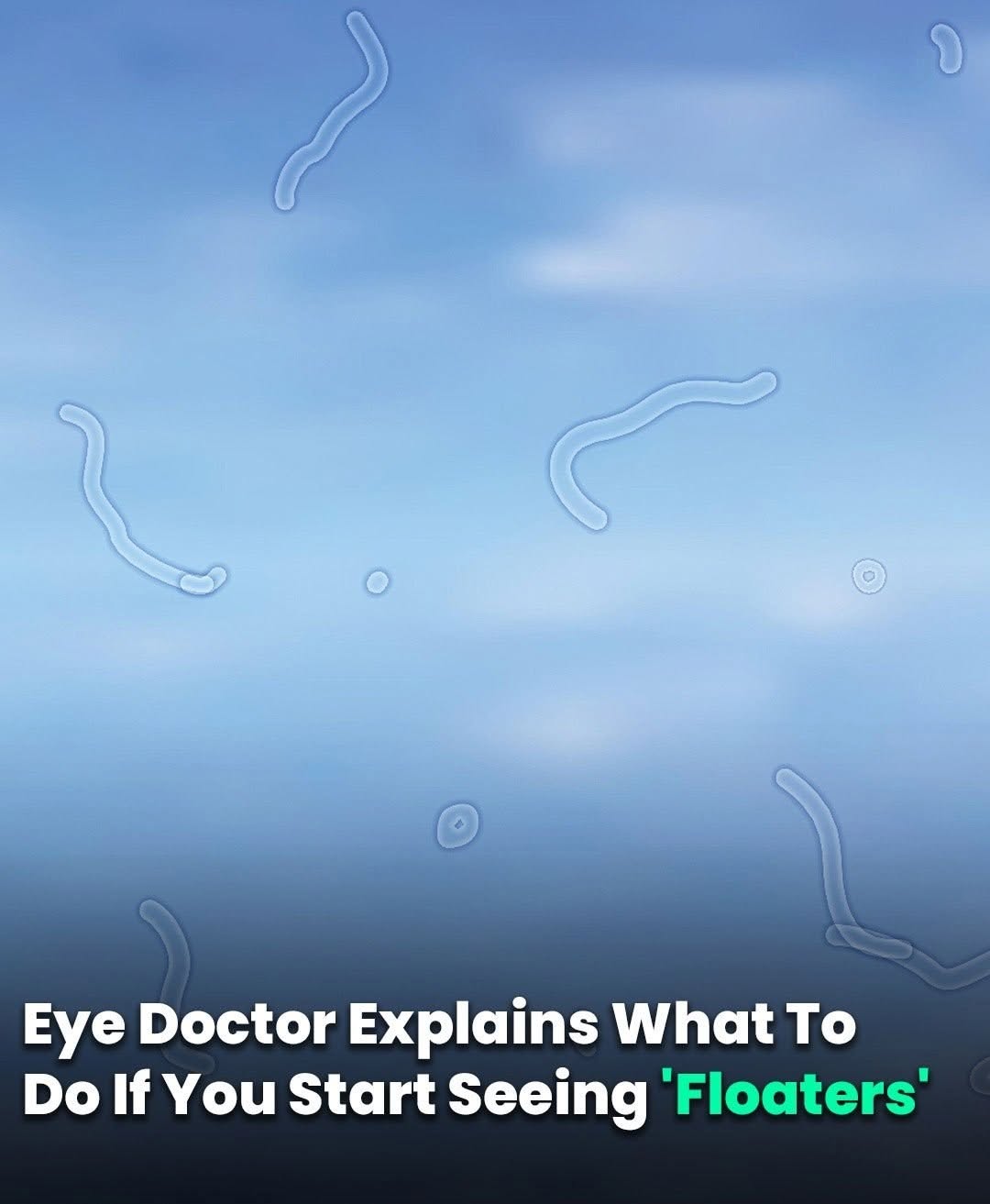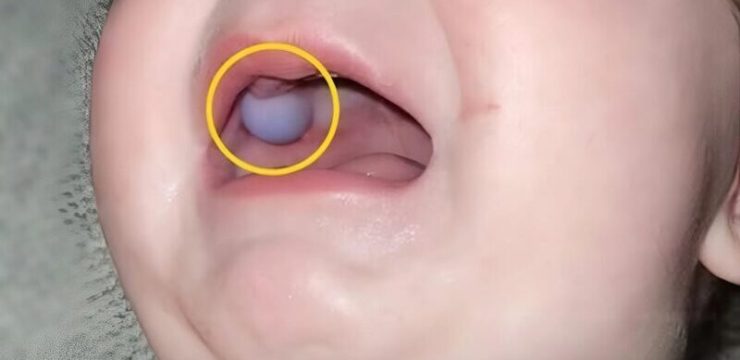If you’ve ever noticed tiny black or gray specks, threads, or cobweb-like shapes floating across your vision, chances are you’ve experienced something called eye floaters. These little visual disturbances may appear to drift or dart across your field of view, often becoming more noticeable when you’re looking at a bright background like a clear sky or a white wall.

While they might seem alarming at first, the good news is that eye floaters are very common and usually harmless, affecting about seven out of every ten people at some point in their lives. They are typically a natural part of the aging process and rarely signal a serious problem. So what exactly causes these mysterious floaters to appear? The answer lies inside your eye, specifically in the vitreous—a gel-like substance that fills the space between the lens and the retina. As we age, the vitreous begins to break down and shrink. During this process, the collagen fibers inside the gel can clump together and form small floating particles. These particles cast shadows on the retina, which is the light-sensitive layer at the back of the eye, and those shadows are what we perceive as floaters. They’re not on the surface of your eye, and you can’t blink them away or wash them out—they’re actually inside your eye, moving with your eye movements, and sometimes drifting out of view entirely.
Most of the time, floaters are benign and gradually become less noticeable as your brain learns to ignore them. However, there are certain warning signs that mean you should seek medical attention right away. If you suddenly notice a large number of floaters, especially if they’re accompanied by flashes of light, a sudden loss of peripheral vision, blurred vision, or eye pain, it could indicate something more serious, such as a retinal tear or detachment. These conditions require immediate evaluation by an eye care professional to prevent permanent vision loss. Floaters that change suddenly or rapidly increase in number are never something to ignore.
Even though floaters themselves are generally not treated, there are ways to manage them if they become bothersome. One simple technique is to move your eyes up and down or side to side. This motion causes the vitreous fluid to shift, which may move the floater out of your direct line of sight. While this won’t make them disappear permanently, it can help reduce the distraction they cause. Over time, many people find that floaters become less noticeable or stop bothering them altogether. Maintaining overall eye health is another important step in dealing with floaters and other age-related vision issues. Eating a balanced diet rich in eye-friendly nutrients like omega-3 fatty acids, zinc, and vitamin A can support your eye health and possibly slow the progression of certain eye conditions. Foods such as salmon, walnuts, carrots, leafy greens, and eggs are all excellent choices.
Staying hydrated and protecting your eyes from excessive sun exposure by wearing sunglasses with UV protection can also go a long way in keeping your vision sharp. In some rare and extreme cases, when floaters seriously impact quality of life or interfere with daily activities, medical procedures like a vitrectomy or laser treatment may be considered. These treatments carry risks and are not usually recommended unless floaters are particularly severe. For the vast majority of people, though, understanding what floaters are and monitoring any changes is enough. The key takeaway is that while eye floaters can be an annoying part of getting older, they’re usually not dangerous. However, paying attention to how they appear and change is crucial. If anything about your floaters feels unusual or if they come on suddenly with other symptoms, don’t wait—schedule an appointment with an eye doctor as soon as possible. Your eyes are incredibly important, and keeping an eye on your vision—literally—can help you catch problems early and maintain good sight for years to come.





